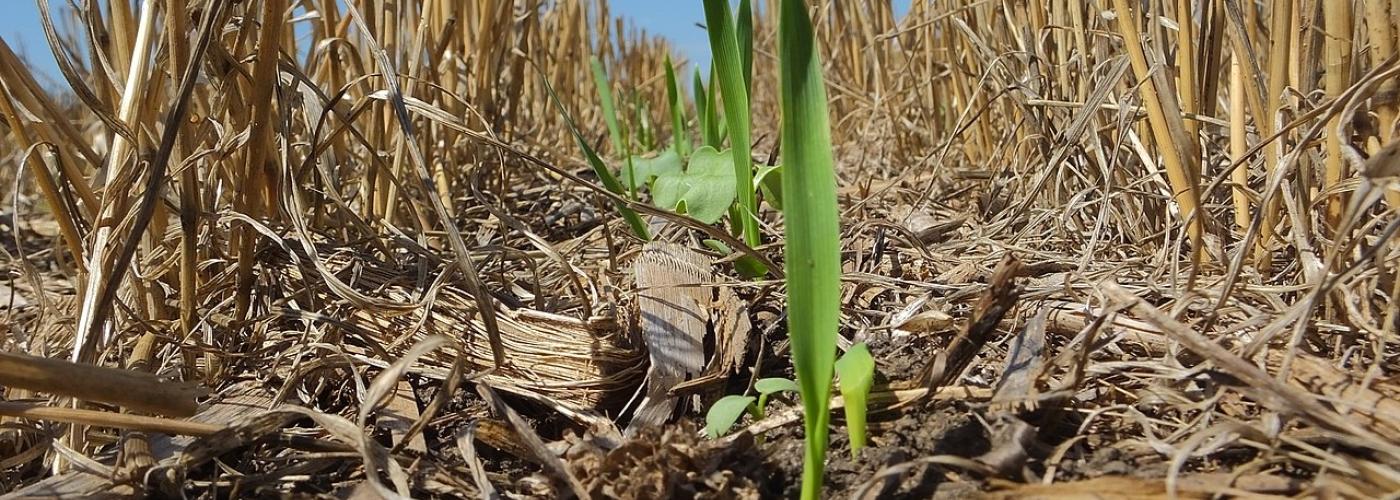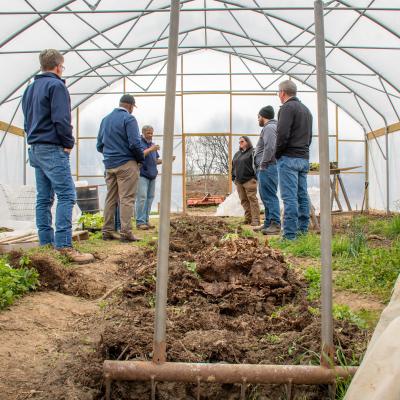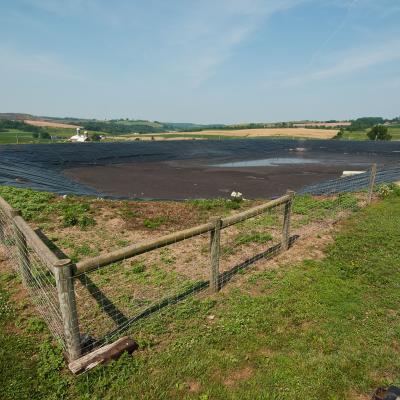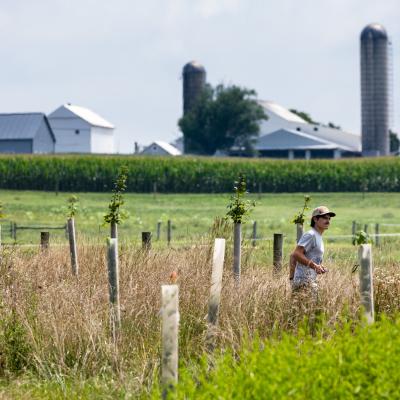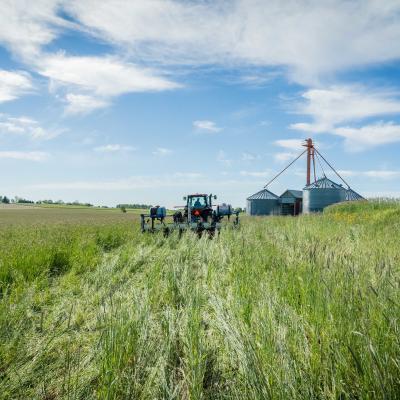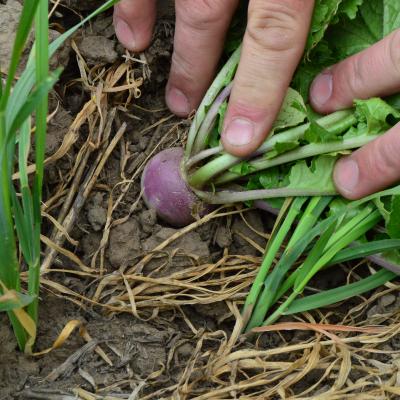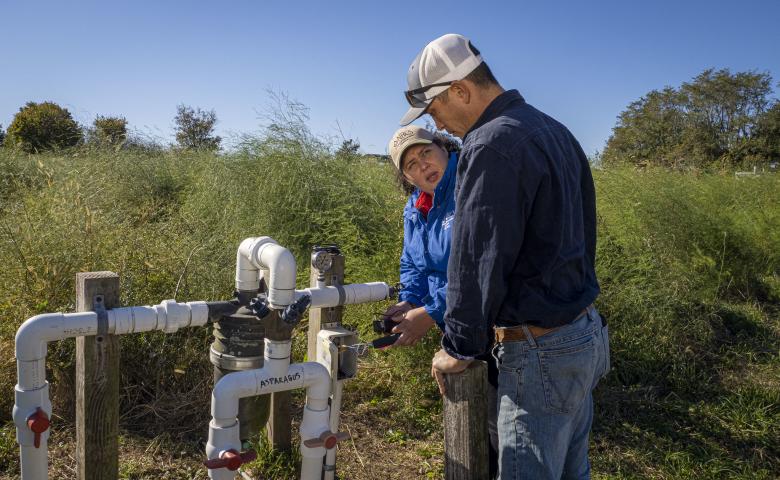
New report!
Read our latest report, Costly versus cost-effective: How EQIP can be improved to serve more farmers and the climate, on 2023 Environmental Quality Incentives Program (EQIP) spending. The report finds that two-thirds of farmers are still turned away from the conservation program, while some of the largest funding contracts go toward factory farms.
Industrial animal agriculture is a well-documented and significant source of greenhouse gas emissions, water and air pollution, poor animal welfare and environmental injustice.
One way the U.S. Department of Agriculture attempts to address the harms caused by industrial agriculture is with conservation programs funded through the Farm Bill. Two of the leading conservation programs are the Environmental Quality Incentives Program (EQIP) and the Conservation Stewardship Program (CSP). These programs are intended to “help agricultural producers improve their environmental performance with respect to soil health, water quality, air quality, wildlife habitat, and greenhouse gas emissions.”
However, EQIP also supports the factory farm system of industrial animal agriculture — the very system that impairs rural water and air quality, releases high levels of greenhouse gases and undercuts independent farmers using high animal welfare systems that protect the environment! Since 2002, 50% of total EQIP funding has been required to support livestock operations, including industrial-scale factory farms. These EQIP contracts are often up to six figures and pay for equipment and infrastructure that support and lock in the industrial model, ultimately using limited conservation funds to subsidize factory farms.
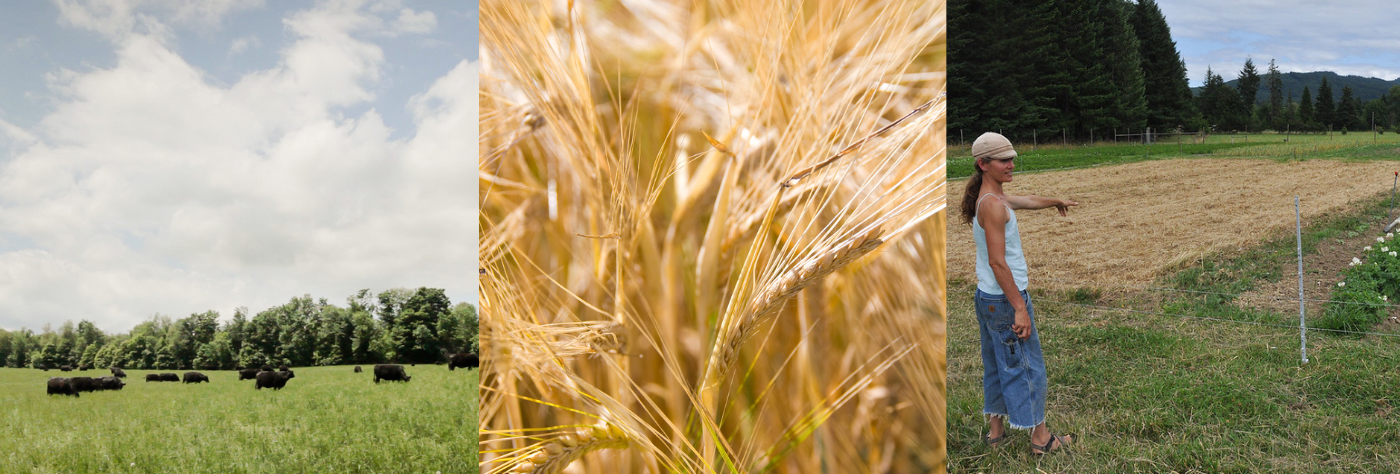
Farmers’ unmet demand for conservation
Farmers want to use more agroecological practices on their farms, and there’s high demand to gain access federal conservation programs. However, there aren’t enough available resources to meet that demand. Funding diverted to industrial animal operations restricts dollars available for genuine conservation. In 2023, 74.5% of EQIP applicants and 69% of CSP applicants nationwide were rejected.
Shifting funding from expensive industrial agriculture practices towards less expensive practices (that have greater conservation impact) would enable USDA to award more money to farmers who want to start implementing or expanding on-farm conservation practices.

Funding industrial agriculture
How much money goes to detrimental industrial practices rather than to practices that have real environmental benefits?
-
In 2023, two of the top 10 EQIP practices by total dollar amount spent — waste facility cover and waste storage facility — provided little to no conservation benefit. The two practices together received $141,069,753 that year alone, despite their association with CAFOs.
- Four of the 10 highest-funded practices are commonly used under industrial agriculture systems with practices targeted toward large-scale, animal or crop operations.
In 2023, five EQIP contracts totaling $2,042,494 went to anaerobic digesters for large-scale, industrial animal operations 494 (up from seven digester contracts in 2022 totaling $1,983,965). That funding could have much greater impact if applied to true conservation practices: The money spent on those five digesters could have helped around 222 farmers plant cover crops.
State-by-state spending
Each state sets its own priorities for EQIP spending. On the map below, hover over each state to discover which practices the state prioritizes and how much money is funneled to industrial practices.
In North Carolina, more than half of EQIP money in 2022 went to industrial practices; in the same year, 84.47% of farmers who applied to EQIP in North Carolina were rejected. Pennsylvania is a close runner up as a top funder of industrial agriculture practices, with 46.22% of EQIP money put towards industrial agriculture in 2022.
Policy reforms
Farmers need funding to implement cost-effective, climate-resilient farming practices. With reforms, EQIP and other conservation programs can play a meaningful role in both mitigation and adaptation.
The Inflation Reduction Act (IRA) expanded funding for high-demand conservation programs, with 2023 as the first year the additional IRA funding was distributed. (link to new report). Congress must protect that funding.
The next Farm Bill should institute reforms, such as the EQIP Improvement Act, to divert funding away from costly, high-emissions industrial-scale practices and toward proven practices that insulate farmers from the shocks of climate change. The bill would:
- Eliminate the 50% livestock requirement: This would reverse a 2002 decision requiring that 50% of EQIP funds be directed to livestock operations, including factory farms.
- Lower the cap per contract from $450,000 to $150,000: Because the highest-cost contracts tend to support industrial-scale livestock operations, lowering the payment cap would free up funding for more cost-effective practices while reducing subsidies to factory farms.
- Remove expensive practices mostly used for CAFOs from the Climate Smart Agriculture and Forestry list: Some practices designated as “climate smart” by the Natural Resources Conservation Service, such as anerobic digesters, prop up CAFOs, shutting out more deserving farmers and practices.
- Incorporate IRA funding into Farm Bill baseline to ensure stable funding years beyond the IRA’s cutoff of 2031: IRA funding should be protected into the future to enable increased farmer participation in EQIP.
Featured reports
To learn more about U.S. conservation programs, read each of the four reports in the Closed Out series.

